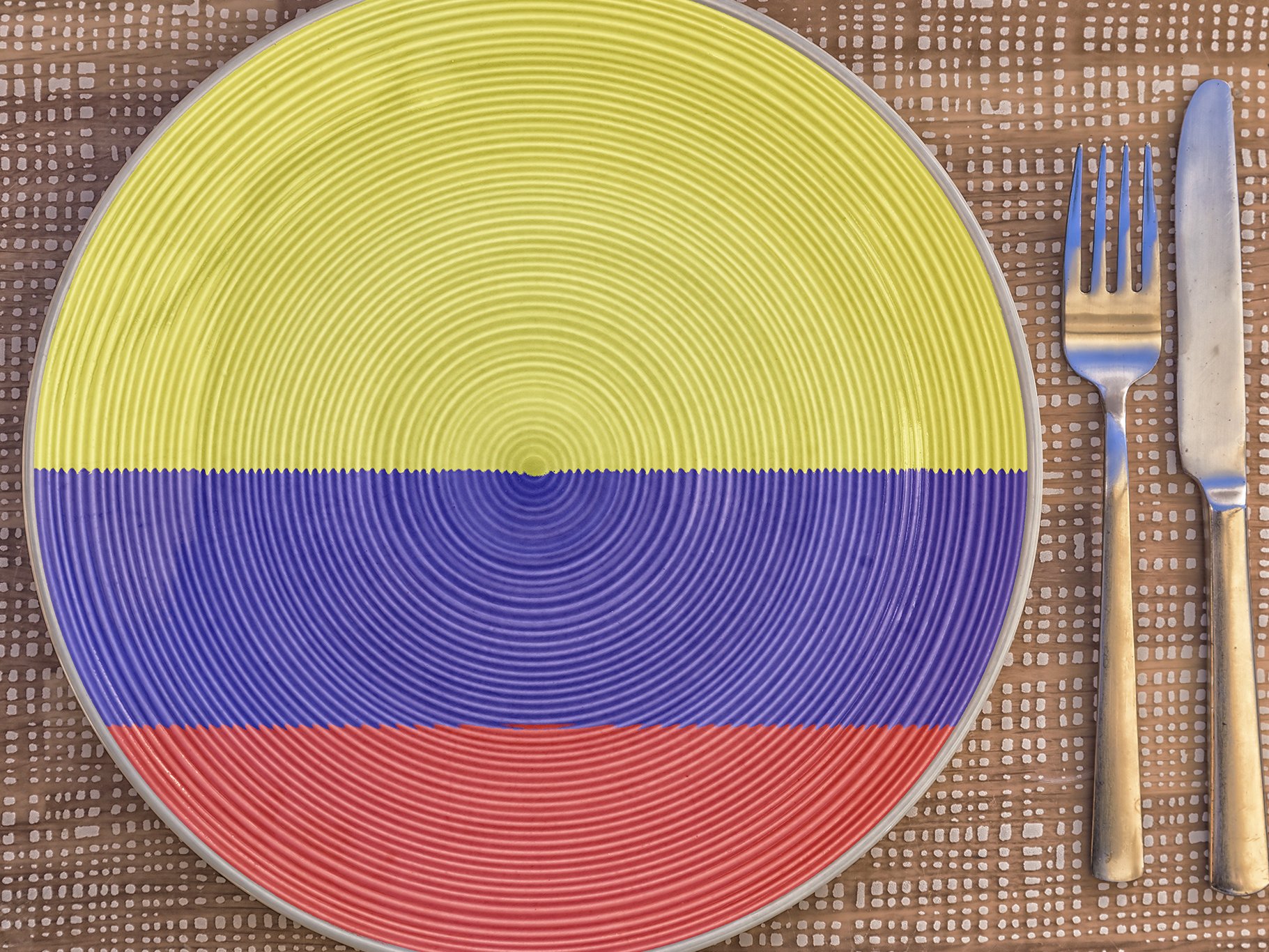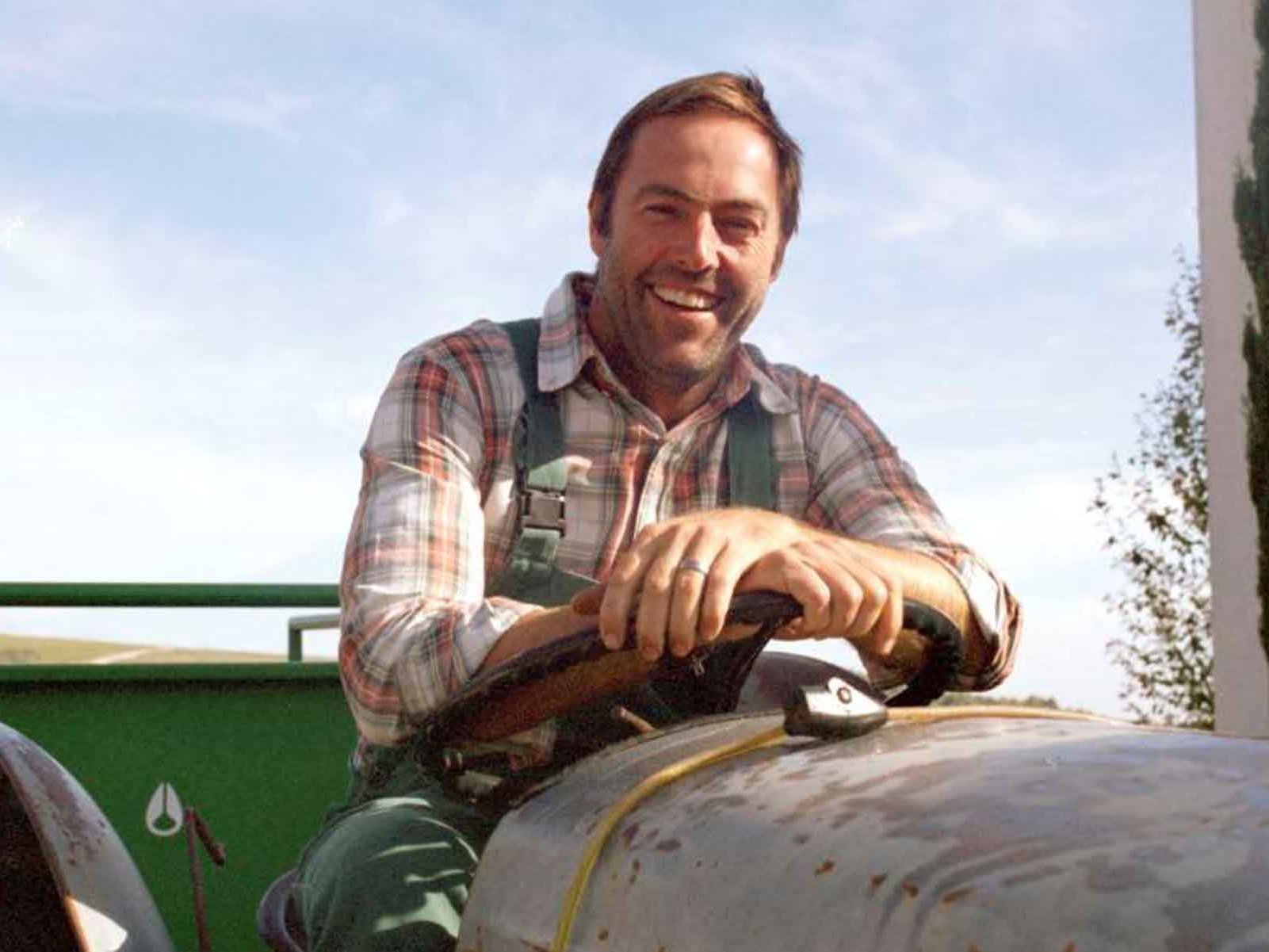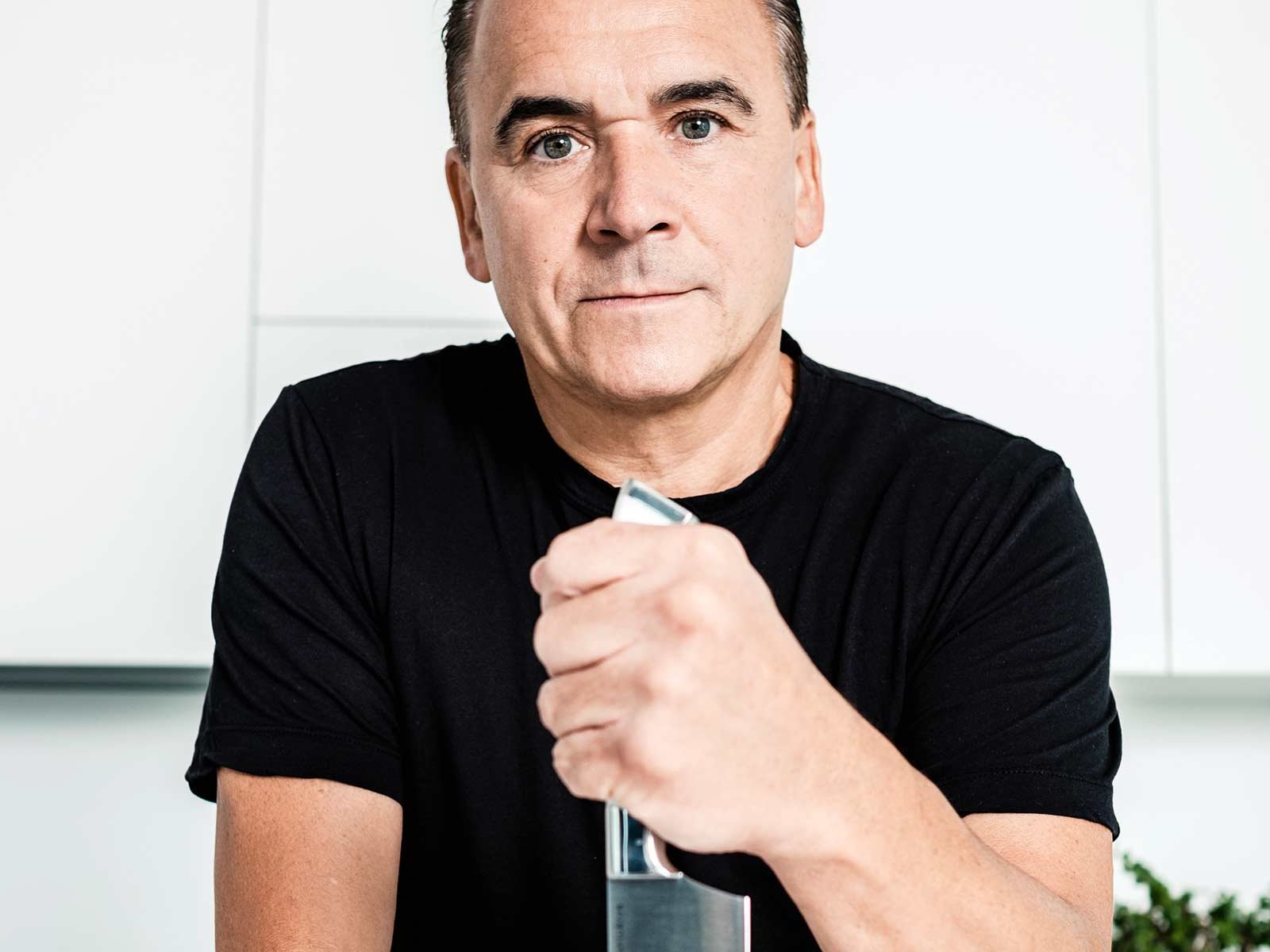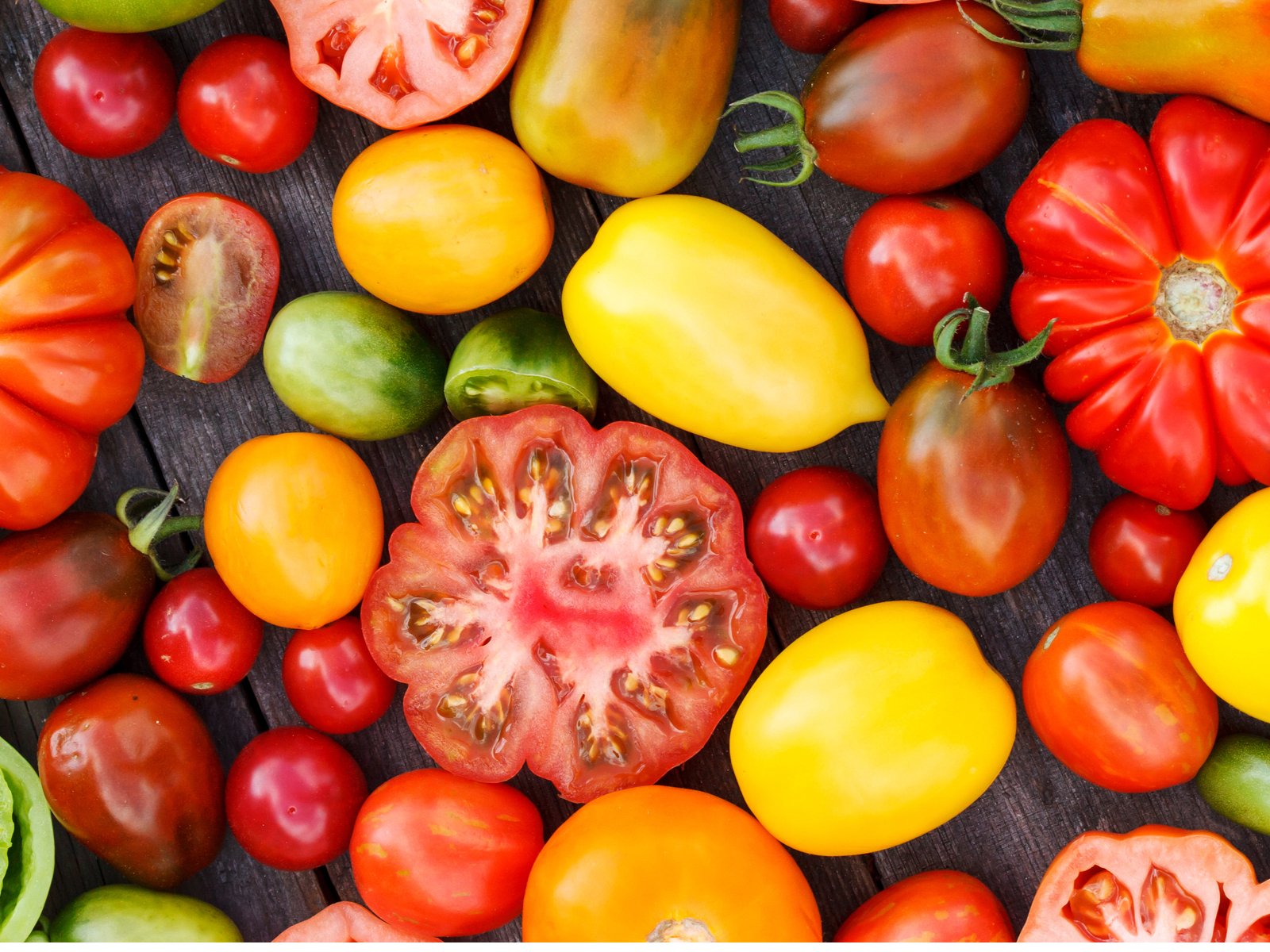What is Regenerative Agriculture?
On Earth Day – 22 April 2022 – we look at the future of farming and a new buzz phrase: regenerative agriculture. What is it and how does it work?
Humans have farmed for the past 12,000 years. But over the past 100 years, farming changed beyond recognition. While crops have produced unprecedented yields, much damage was done. Now there is a new way forward: regenerative agriculture. It holds the potential to feed the world, rejuvenate ecosystems and revive dead soils.
Farming is a key opportunity in the fight against climate change and in the regeneration of soils. As the latest report from the Soil Association shows, the UK organic market grew by 5.2% in the past year, its tenth consecutive year of growth, breaking through the £3 billion threshold for the first time.
The story so far
In the 12,000 years since the Neolithic Revolution saw the adoption of agriculture by humans, farming has been backbreaking work. Primitive farming left us humans at the whim of nature and famine was common. It was not until the early 20th century that this began to change.
In 1909, Fritz Haber and Carl Bosch invented the first nitrogen-based, synthetic fertiliser. Two world wars then drove investment into a nascent chemical industry and the second half of the 20th century became the heyday of agrochemicals. Herbicides, pesticides, fungicides and mineral fertilisers seemed like a vindication after centuries of blights and poor harvests with just the occasional great harvest or vintage. Finally, hunger seemed a thing of the past. Driven by a need to feed a growing world population and the necessity to compete in global markets, agrochemicals and large-scale industrial farming became ubiquitous. Over time, however, this caused the degradation of soil and a reduction in biodiversity.
Soil is life
But as agriculture advanced, so did science. Our ability to assess soil, and the vast network of organisms, fungi, flora and fauna that co-exist there, has increased dramatically over the past decades. What looks like simple dirt to the naked eye really is a most complex, living organism. Living soils is one of the most diverse ecosystems and holds a quarter of the world’s biodiversity. Healthy soils also capture carbon, sequestered by plants through photosynthesis. 1% of soil organic matter is 50-60% organic carbon. The UK Environment Agency stated in 2019 that “intensive agriculture has reduced arable soil’s organic carbon by 40-60%.”
So what is regenerative agriculture?
“It is a toolbox for farmers,” says Steven Cronk, owner of Maison Mirabeau, a wine estate in Provence, France. “It is a framework for thinking of the vineyard as an ecosystem,” says Mimi Casteel of Hope Well Wine in the US state of Oregon. It is a perma-cultural approach to farming that sits outside of, but can be applied to, any of the existing approaches of conventional, sustainable, organic and biodynamic farming.
Rather than being extractive or neutral towards finite natural resources, regenerative agriculture is about replenishing. Its core principles are:
- minimal use of agrochemicals
- limited vehicle traffic to reduce soil compaction
- biodiverse crop cultures
- use of cover crops to increase water retention and to enrich soil and insect life
- composting and animal grazing to create a closed-loop-system of minimal wastage and to return goodness to the soil
- no or very minimal tilling
The idea behind the last point is key – it is about not breaking the surface of the soil and not disturbing the sophisticated networks that grow and exist in healthy soil. Regenerative agriculture thus uses techniques like direct drilling of seeds.
The benefits
Data to support Regenerative Agriculture is being compiled by The Regenerative Viticulture Foundation and others, but the aim of this kind of farming is to ensure soil health and fertility by encouraging microbial soil life. Healthy soils are more resilient to flood and drought, more water retentive. Soil also is one of the most effective carbon sinks – and a wholesale adoption of regenerative farming could substantially reduce the effects of global warming.













